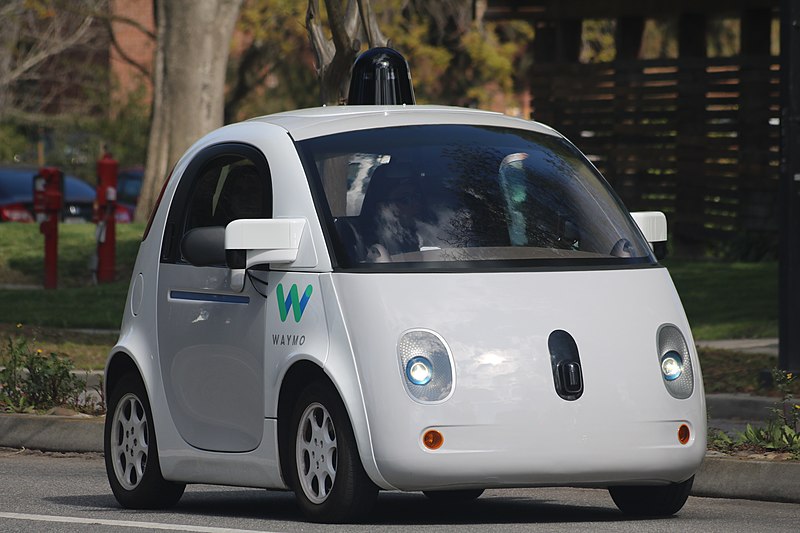
Shared automated vehicles could make cities more livable and equitable places, a recent study found.
Many new cars come with at least some level of automated driving capabilities in the form of advanced driver assistance systems (ADAS). This raises hopes that fully autonomous vehicles (AVs) may be one day prove commonplace, researchers suggested.
However, currently AV development is getting steered by commercial ventures such as carmakers and ride-sharing robo-taxi transportation network companies. Without public input, this market-driven approach may cause public life to suffer, not improve, worsening traffic congestion, sidelining public transit and increasing social inequities, scientists noted. It could also hit state and local budgets hard, as revenues from taxes, parking and associated activities dry up.
Now researchers from the University of Minnesota and their colleagues suggest that careful planning for AVs could make the most of this technology revolution to improve transportation and make it more equitable for all.
The scientists focused on one potential solution—shared automated vehicles (SAVs). The team examined not only how SAV networks could work but also their likely impacts on society. They concentrated on daily work commutes, peak travel demands, traffic congestion and rider needs, gathering data from transit agencies, city officials, drivers, riders, transportation network companies and SAV tests in several locations.
The researchers used a hypothetical SAV system based on the Twin Cities—Minneapolis–St. Paul in Minnesota—to explore several scenarios with increasing levels of SAV adoption in a medium-sized metropolitan area known for its urban planning and varied weather. They focused on concerns that policymakers, planners and mobility-on-demand companies should address to create a healthy, equitable, livable and prosperous future via a system of SAVs.
The researchers found that SAV systems are feasible and possibly very beneficial in communities such as the Twin Cities. For example, during early adoption, when SAVs mix with human-driven cars on the road, the number of traffic crashes begin to drop, and small SAVs can deliver most food and packages.
The researchers also found that SAV systems could strengthen and not weaken existing transit systems by providing cost-effective service on low-ridership routes.
All in all, the scientists noted that SAV systems have the opportunity to address the serious transportation equity issues. By combining SAVs with existing public transportation fleets, agencies could right-size transit routes for the number of riders. Core transit systems would stay in place, and trains and buses would continue to serve densely populated areas. SAVs could be deployed on low-ridership suburban routes. The cost savings from removing large low-ridership buses could be invested in high-ridership routes, attracting more demand and increasing the quality of service.
“Well-designed, communities employing pools of SAVs of varying sizes with efficient connections to high-quality public transit could bring about far-reaching societal change, providing inexpensive mobility services to all people, building stronger family and community ties, and boosting economic productivity and equity by removing mobility as a constraint,” study co-principal investigator Yingling Fan, a professor at the University of Minnesota, said in a statement.
The researchers cautioned that making sure SAV networks shared their benefits equitably depended on many decisions, including work from policymakers, planners and other officials to prepare for the next technology revolution. For example, cities should start to plan how street parking and garages could be repurposed for green space and affordable housing. And because automation will disrupt work for many people who drive for a living, policymakers should prepare to soften the blow.
“How can local communities leverage emerging technology? Ride-sharing companies have the data now to know how people move around. TNCs are using public roads, so there should be a benefit to the public from the data,” study principal investigator Zhi-Li Zhang, a professor at the University of Minnesota, said in a statement. “Let’s put this money back into the community.”
The scientists detailed their findings in the Transportation Research Record: Journal of the Transportation Research Board.

